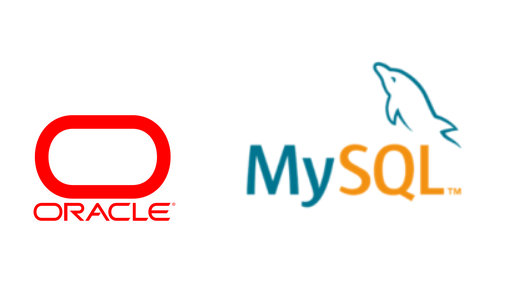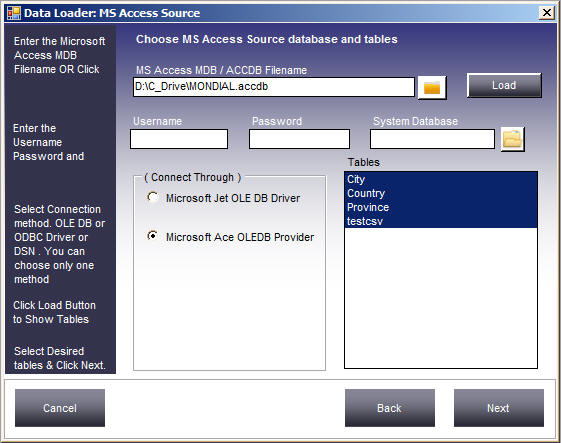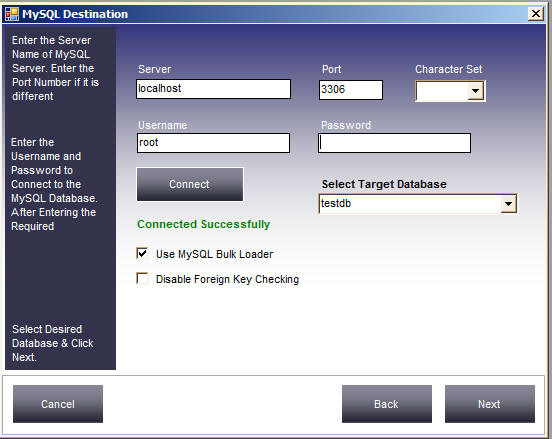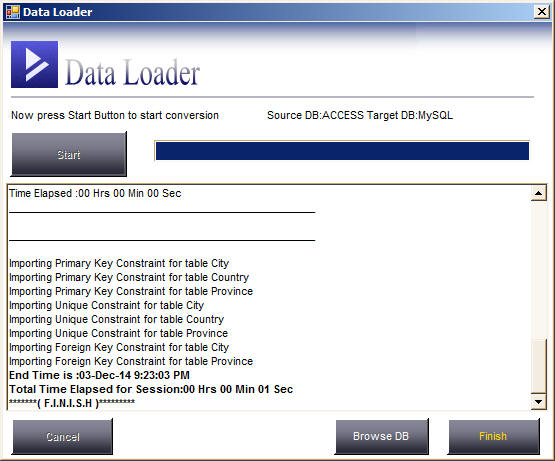How to Migrate Data from Oracle to MySQL
Data migration is essential in many business situations. For example, when a company transitions its services from on-premises to the cloud, data migration facilitates the transfer of data from the old system to the new one. It’s also crucial when upgrading or replacing servers or storage equipment, ensuring data is moved smoothly and efficiently, minimizing downtime and disruptions. Additionally, data migration helps maintain database integrity and consistency, ensuring that critical information remains accurate and accessible in the new environment.

Why Migrate from Oracle to MySQL?
Migrating from Oracle to MySQL database may be driven by several factors:
- Cost Efficiency: MySQL is a more cost-effective solution compared to Oracle. Being an open-source database, it eliminates the need for expensive licensing fees.
- Simplicity and Flexibility: MySQL offers a more straightforward setup process and a user-friendly interface. Its syntax and commands are generally easier to learn and work with, compared to the more complex PL/SQL language used in Oracle.
- Performance and Scalability: MySQL is known for its high-performance capabilities and scalability, making it capable of efficiently handling large volumes of data while maintaining optimal performance.
- Strong Community Support: As an open-source platform, MySQL benefits from a large and active community. This community provides extensive troubleshooting assistance, development resources, and up-to-date documentation. Regular updates and enhancements from the community ensure MySQL remains reliable and current.
- Cross-Platform Compatibility: MySQL is compatible with multiple platforms and operating systems. It easily integrates with various programming languages, frameworks, and tools, facilitating smoother data migration and broader application compatibility.
Migrate Data From Oracle to MySQL
Oracle to MySQL, Migrate data from Oracle Database to MySQL Database or from MySQL to Oracle Database. You can migrate multiple tables in one go from Oracle to MySQL database. Let’s you do mapping between Source & Target Table columns. This feature is very important if the Source and Target table columns are not in the same order. Users can load all rows or subsets of rows from source to target table by adding user defined conditions.
Oracle to MySQL Migration tool comes with a built-in scheduler so that you can run transfer jobs at specified intervals. Now no need to run jobs repeatedly, just create a Session, define the Schedule Date and Time and Oracle to MySQL migration will automatically execute your session in the background and record the actions in a specified log file. You can later on check the log file for information.
Works flawlessly for migration data from Oracle to MariaDB and MariaDB to Oracle also Provides a command line interface also to run migration jobs manually so that it can be easily integrated with your own application.
All the sessions are stored in a repository. Oracle to MySQL Converter provides a user-friendly interface to manage repositories. Such as taking backup and/or restoring repositories from a previous backup. You can also create a new blank repository in case you need it.
Using Oracle to MySQL you can perform the following Migrations.
- ORACLE to MySQL Database
- ORACLE to MariaDB Database
- ORACLE to MySQL SQL Dump file
- ORACLE to MariaDB SQL Dump file
- MySQL to ORACLE Database
- MariaDB to ORACLE Database
- MySQL to ORACLE SQL Dump file
- MariaDB to ORACLE SQL Dump file
- ORACLE to ORACLE SQL Dump file
- ORACLE to ORACLE Database
- MySQL to MySQL Database
- MySQL to MariaDB Database
- MySQL to MySQL SQL Dump file
ORACLE Client Not Required.
Our product comes with Oracle Client Software so you can connect it to Oracle database from any PC with or without Oracle Client software install
There is no need to install MySQL drivers or libraries.
UPSERT and INSERT
Synchronizes Oracle and MySQL tables by Updating a row if a matching source row exists in the target table. If the matching row does not exist it Inserts a new row in the target table



